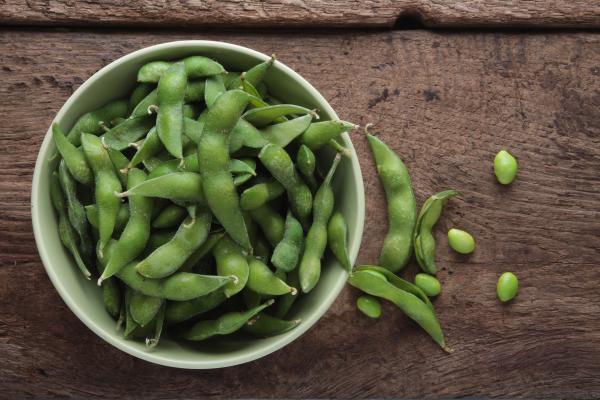
We often write about how one study says a diet or food is helpful followed in short turn by another review saying it has no effect or is even detrimental. What is a person to believe? And don’t these apparent contradictions tear at the value of science in helping make decisions? The recommendation to take or avoid soybean-based foods for women is one of those seemingly contradictory areas. Soybean-based foods contain isoflavones, specifically genistein, which is felt to mimic estrogen and accelerate breast cancer in susceptible women. (Those with cancer that are estrogen receptor positive) On the other hand, Asian women who eat a significant amount of soybean-based foods (and presumably have higher exposure to genistein) do not have this same experience. How can contradictory findings both be true?
The answer to why these findings may be both contradictory and true may lie in a study reported in Clinical Cancer Research, earlier this year. Let me quickly state that this was a study in rats, but the mechanism the researchers found to explain the paradoxical effects of genistein may be useful. Four groups of rats were studied, each group was induced with a mammary tumor, and each group started on Tamoxifen (a standard chemotherapy for breast cancer) when tumors reached a specific size.
- The control group was never given genistein.
- A second group, meant to model Asian dietary patterns, were started on genistein shortly after birth.
- The third group was started on genistein as adults as the tumor was induced.
- A fourth group, meant to model genistein use after a diagnosis of breast cancer, was given genistein once treatment with Tamoxifen was started.
The recurrence of tumors in the group of rats given genistein their whole life was 7% while in the group given genistein after treatment was initiated the recurrence rate was 33%. Researchers found
“Genistein intake mimicking Asian consumption patterns improved response of mammary tumors to tamoxifen therapy, and this effect was linked to reduced activity of UPR and prosurvival autophagy signaling and increased antitumor immunity.”
So, the difference we see in observational studies of soy use and breast cancer may reflect not the soy use itself, but when the use began. It is about timing. For me at least there are two takeaway lessons. First in a quote taken from Live Science,
"We have solved the puzzle of genistein and breast cancer in our rat model, which perfectly explains the paradox seen in earlier animal studies and patients," Hilakivi-Clarke said. "While many oncologists advise their patients not to take isoflavone supplements or consume soy foods, our findings suggest a more nuanced message — if these results hold true for women. Our results suggest that breast cancer patients [who ate soy before their diagnosis] should continue consuming soy foods after diagnosis, but not to start them if they have not consumed genistein previously." [Italics added]
Second, teasing apart the effect of diet is more difficult than it seems, because the impact of food on our health is due to many interactions, not merely whether you eat it or not. So while some of the contradictory evidence we hear about diet and our health is just bad science methodology, in some instances the contradictory findings reflect those pesky unknown unknowns.



